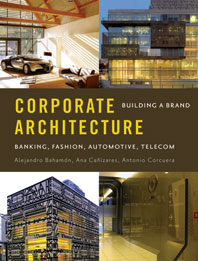“Recession? What recession?” If Rip Van Winkle, AIA, awoke today with no knowledge of the near collapse of the economy last year, and he decided to start catching up on news of the profession by checking architectural record’s Top 250 Firms list, he might be skeptical of the rumors that we’re in one. Those architects who have not been sleeping much lately might also think he was delusional unless they just looked at the total architecture revenue for all firms on the list. Last year, it gained nearly 9 percent over 2007, going from a total of $11.5 billion to $12.5 billion. Although in most industries 9 percent growth would cause the spontaneous consumption of copious cases of champagne, the extent that individual architecture firms are unique makes it simplistic to assess the overall health of the profession by just totaling up all revenues across the board.
The trouble is that the recession never hits all firms equally. Those that rely too much on housing, commercial, and hospitality work (if you don’t know who you are, check below) got hit hard in the back of the head this year, and their pain was swift and severe. Headaches for architects who work in the hospital and education markets may have been more psychosomatic than not so far, but few were spared them.
Other misdiagnoses arise from the fact that the profession’s perceptions of how we’re doing have become distorted by year-after-year double-digit growth. Revenues for 2007 were a ridiculous 25 percent higher than they were in 2006. This is obviously unsustainable, and nearly all of the profession’s elder statesmen knew it. They just didn’t know exactly when the party would be over. Now the few who stopped expanding while work was still coming in have gone from being derided as paranoid to lauded as prophetic.
In fact, the worst may not be over, so don’t give all the aspirin to your developer and banker friends just yet. Bad news from the AIA’s Architectural Billings Index has abated only slightly in recent months, and the pressure on firms that do institutional work is building. In these markets, the suffering comes on more like a migraine: The blinding pain builds slowly, gaining relief is quite complicated — and it takes a very long time, too.




Post a comment to this article
Report Abusive Comment